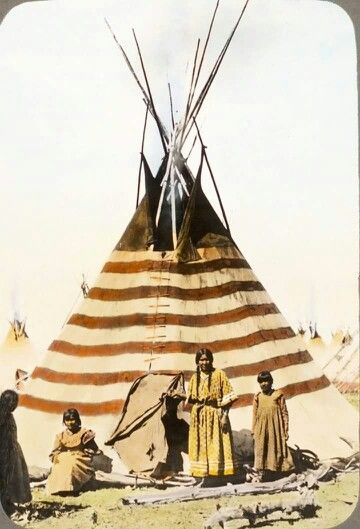Native American Blackfoot Indians Tipis and Villages in Color
Blackfoot Indian Tipis and Village site
Blackfoot Indian tipis and villages
Blackfoot Indian village and tipis in Montana
Inside a Blackfoot Indian tipi
Blackfoot Indian tipi lodge in Montana
Blackfoot village in Montana
Blackfoot Indian woman photographed inside her tipi with a young child
Blackfoot Indiana photographed inside their tipi or lodge
Two Blackfoot Indian women photographed inside their tipi in this colorized photograph
Blackfoot Indian Village colorized photograph
Blackfoot Indian decorating his tipi in Montana
Blackfoot Indian tipi in this colorized photograph
Blackfoot Indian woman taking down the tipi and ready to move to a new location
Beautifully painted Blackfoot Indian tipis
Blackfoot Indian tipi with what is believed to be a buffalo painted in the side
Blackfoot Indian village with decorated tipis
Beautifully decorated Blackfoot Indian tipi
Decorated Blackfoot Indian tipi with symbols






















































